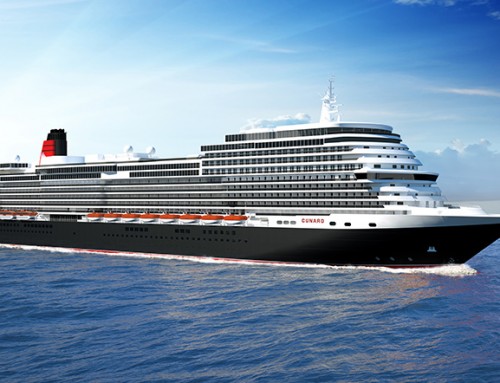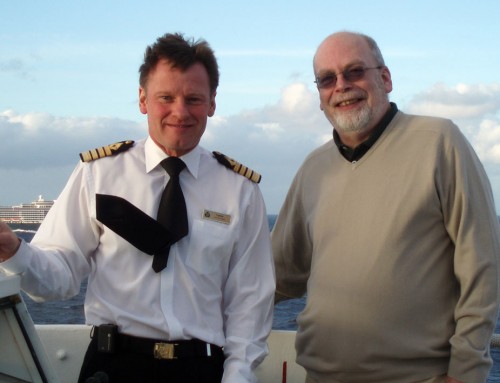Almost four weeks since Costa Concordia ran onto the rocks, the cruise industry has announced that safety drills for all passengers must now be carried out before a ship leaves port at the start of a voyage.
No drill had taken place on Concordia since leaving Civitavecchia a few hours earlier, because Safety of Life at Sea (SOLAS) regulations allow it to be held any time within the first 24 hours of a cruise. The new policy now goes beyond SOLAS requirements. It also allows that on the rare occasions when passengers arrive after the muster has been completed, they must be provided with individual or group safety briefings.
Commonly referred to by passengers as “lifeboat drill” – although industry parlance now refers to “evacuation vessels” rather than lifeboats – the muster is the time when guests are shown the safety procedures and, in most cases, how to put on a lifejacket.
It is usually used as an opportunity for the captain, speaking over his ship’s public address, to warn against standing on or leaning over balcony rails, and to remind passengers that cigarettes must not be thrown over the side, in case of fire.
Exact procedures vary on different cruise lines; some require passengers to collect lifejackets from their cabins and to gather at lifeboat stations, others hold musters in public rooms, where passengers would be more comfortable in the first stages of a real emergency.
Some take a head-count while others rely on crew checking cabins to ensure they are empty. On some Royal Caribbean ships the roll call is carried out electronically by swiping the bar code on passengers’ cruise cards, and on their largest vessels, lifejackets are not stored in cabins but would be handed out in an emergency.
The confirmed death toll in the Costa Concordia tragedy stands at 17, with 15 passengers still unaccounted for. In the past few days the wreckage has moved two feet closer to the edge of a rocky shelf off the coast of the island of Giglio. Salvage operations, including the removal of heavy fuel oil, would be made much more difficult if it were to plunge a further 230 feet to the seabed.





Still doesn’t solve the problem of how to get off a listing ship when life boats can’t be lowered.
Still doesn’t solve the problem of how to get off a listing ship when the life boats can’t be lowered.